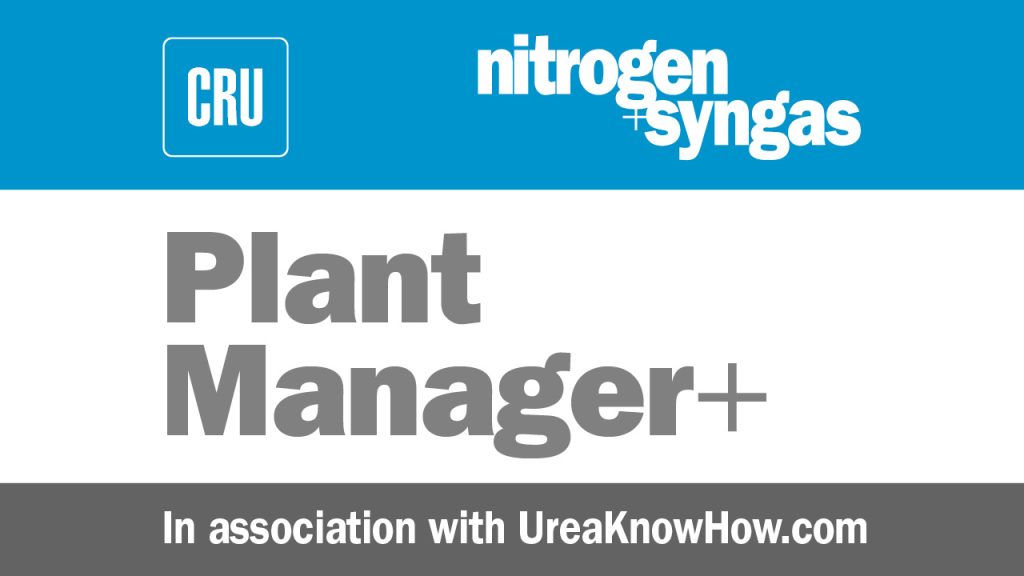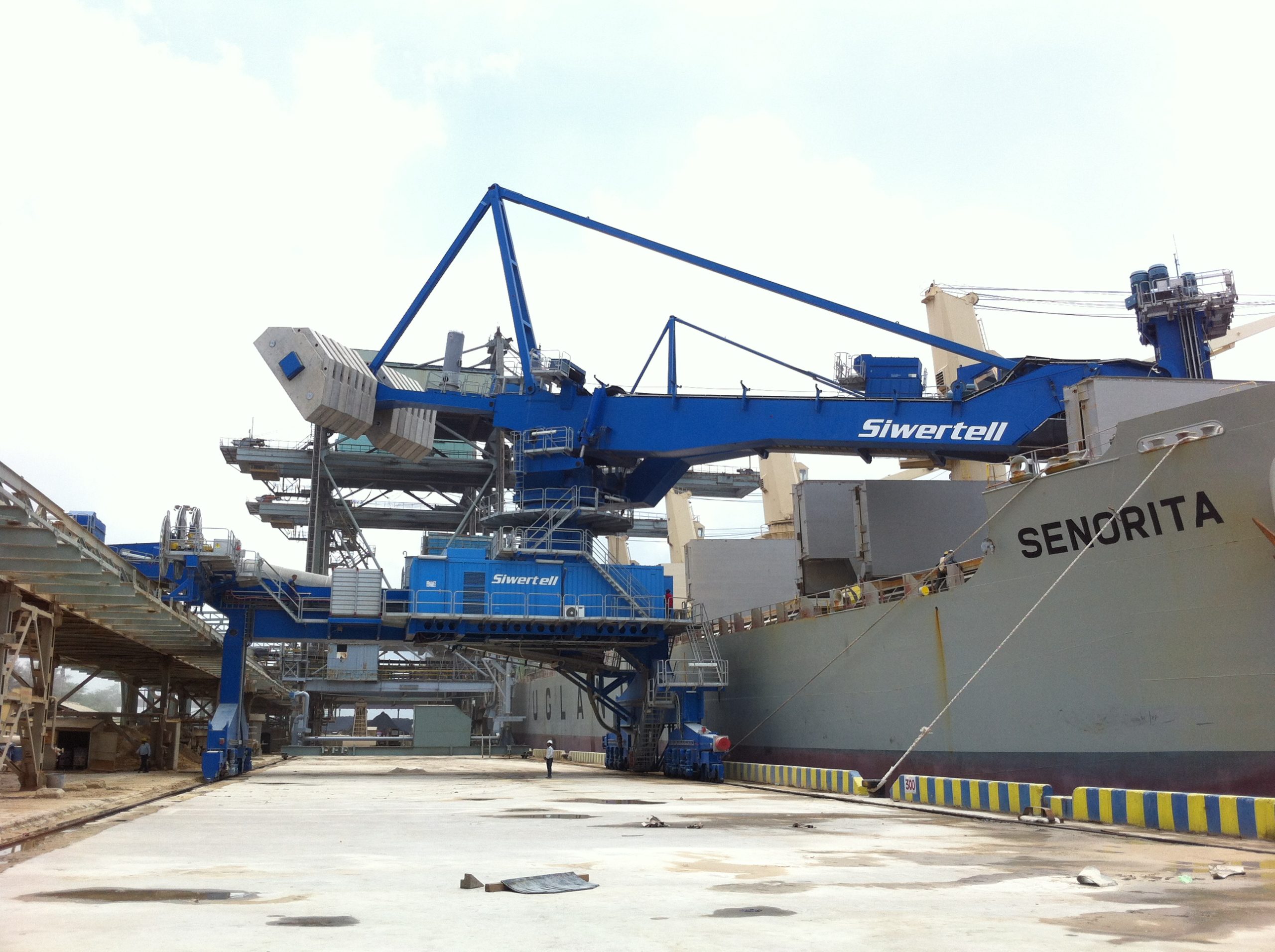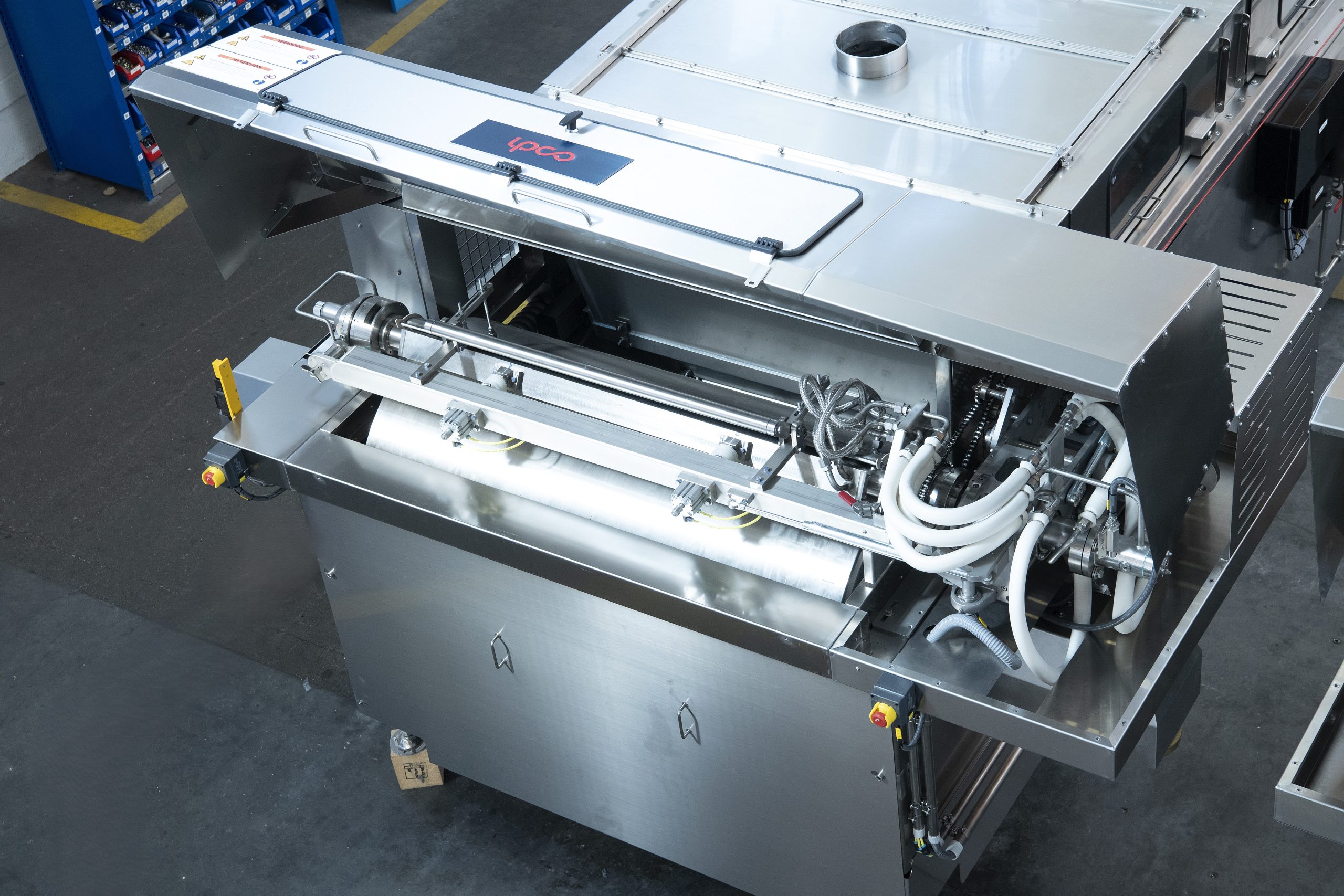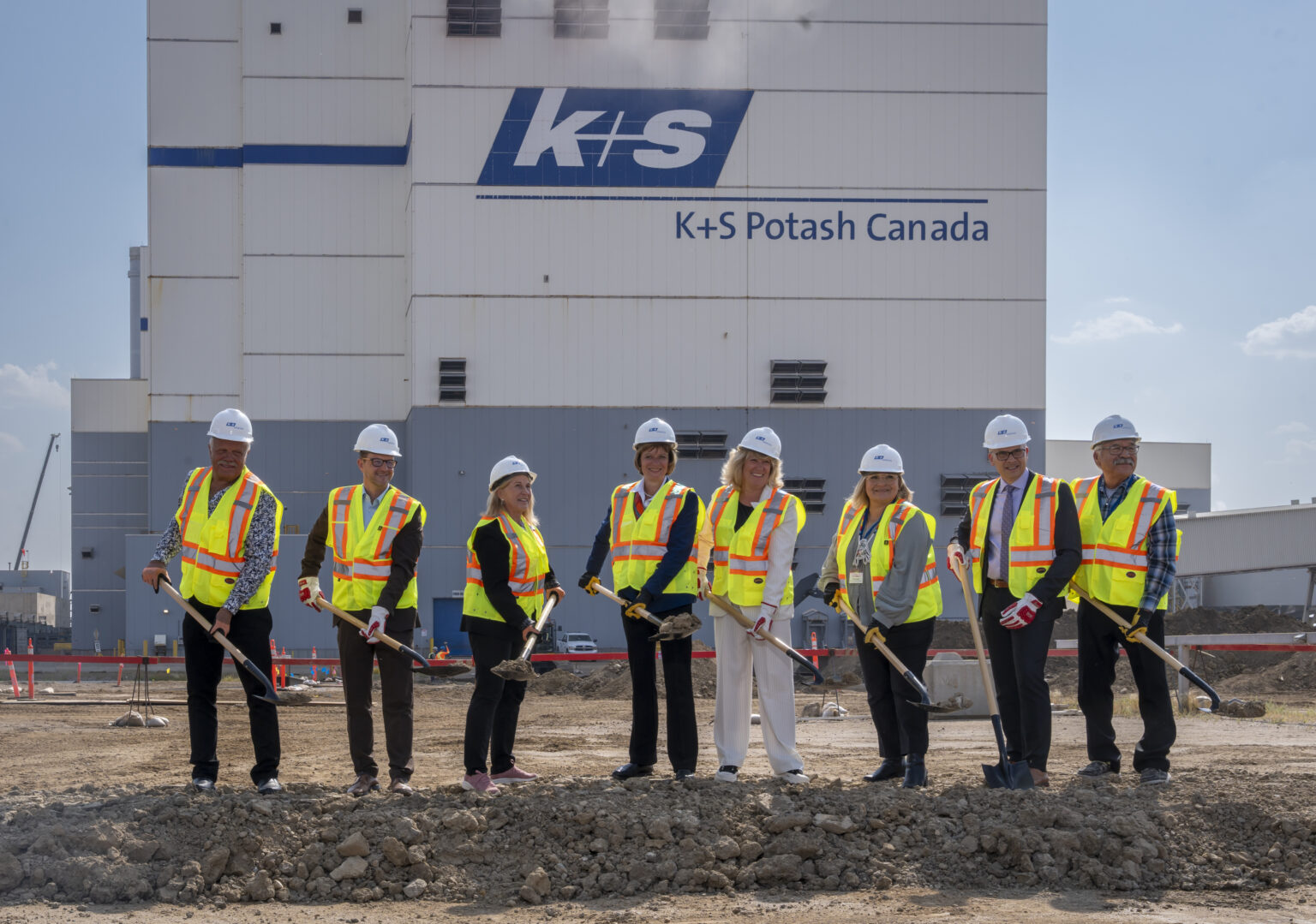Nitrogen+Syngas 320 Nov-Dec 2012

31 December 2012
Problem No. 15: Pressure safety valve experiences
Pressure safety valves are critical equipment items in any chemical process plant. In a urea plant, there are additional challenges such as carbamate corrosion and crystallisation risks. These challenges threaten the reliable operation of the pressure safety valves: popping up too early and/or crystallisation of process media in the inlet or outlet lines. Furthermore, these challenges make it very difficult to install spare pressure safety valves, as is common practice in other chemical processes. Sufficient reasons, therefore, to initiate a discussion about experiences with pressure safety valves (PSV) in urea plants.

Mr Mark Brouwer of UreaKnowHow.com starts up the discussion with a simple question: What are your experiences with pressure safety valves?

Mr Mohammad Rastegariyan of PIDEMCO in Iran replies and shares his valuable experiences:
The most critical safety valves are those in the high pressure synthesis loop. In the past we have faced passing problems due to seat and plug corrosion, which was caused by poor insulation. We subsequently improved the insulation condition.
The second most critical safety valve is the one on the discharge line of the high pressure ammonia pump. Problems were caused due to vibration. We had to replace it with a change over valve (twin safety valve).
Also the safety valve of the CO2 compressor interstage has popped several times and remained in an open state. We need to mention that the pressure at this stage is higher than normal. We subsequently increased the safety valve set point.
Mr Waqqar Ahmed of Fauji Fertilizer Company in Pakistan also shares his valuable experiences:
We have experienced the following problems:
- Passing problem in the urea high pressure stripper vapour outlet line pressure safety valve: Its frequent passing resulted in severe corrosion of the blow down header. Once it was also gagged. The problem was resolved by proper seat and disc lapping and by proper seat flushing arrangements.
- Pressure safety valve bellow failure at the high pressure carbamate recycle pump discharge line: The leakage resulted in a forced shutdown of the plant. The main culprit was high line vibration.
Mark comes back with some background information and asks some more questions:
- Does anyone have experience with rupture discs upstream of a pressure safety valve?
- With which vendors do you have experience?
- Does anyone have any experience with a safety valve popping open too soon? Do you have any remedies?
- There is a very nice innovation on the safety valve market: Leser GmbH in Germany has developed a pressure safety valve especially for carbamate service in urea plants, for example:
- reactor off gas in a Stamicarbon plant;
- stripper off gas in a Saipem plant;
- recirculation pressure safety valves;
- desorber pressure safety valves;
- HP carbamate pumps, etc.
The Leser pressure safety valve has a continuous flush around its seat, which assures that the downstream side is completely flushed and flushes the seat and stem when the safety valve is in open position so that the stem and seat will not get damaged due to erosion/corrosion of carbamate when the pressure safety valve pops up. As a result, the valve is able to close again properly after opening.
These valves are already in successful operation at several urea plants. In one plant these pressure safety valves opened during an upset condition in the process. When they routinely sent the valve to the workshop for revision, no damage could be observed.
Mr Mahmood Rauf Zafar of Fauji Fertilizer Company in Pakistan introduces an important practical problem and also provides a solution:
Urea plant pressure safety valves are prone to passing problems. This is exacerbated because it is not easy to confirm if a pressure safety valve is passing or not.
The main reasons are:
- PSV seat continuous steaming keeps the downstream line in hot condition. Most of the time, isolation of individual PSV steam is not fruitful due to other PSV’s steam back flow from the blow down header
- Opening of the PSV downstream line drain is also not beneficial due to vacuum in blow down vents.
- Sound checks are also of no help most of the time as steam flow or process flow misguides.
In my experience the only option is lab sampling from individual PSVs downstream open drain. In our plant we have changed the urea stripper vapour outlet PSV angle from ~75° to 90° of the line.
Mr S K Gupta of IFFCO in India provides important information about his experiences with rupture discs:
We have used rupture discs upstream of the following safety valves: CO2 compressor 4th stage suction PSV and final discharge PSV and the high pressure ammonia pump discharge PSV. Earlier they used to pass frequently (our plant is based on Saipem technology).
We also experience frequent passing of the hydrolyser PSV. We used a rupture disc in the upstream line of this PSV but we experience frequent premature bursting of the rupture disc due to corrosion. The problem remains.
Mark replies and asks for some more information:
Is the hydrolyser PSV in the gas phase? Here condensation of carbamate gasses can cause condensation corrosion problems.
Which material have you applied?
Possible solutions are: use more corrosion resistant materials, proper tracing/insulation, is a flush upstream of the rupture disc possible?
What is your experience with the synthesis PSV − do you have any problems there?
Have you ever experienced premature opening of these PSVs?
Mr Girish Prakash of Tata Chemicals Ltd. in India shares his experiences:
With this arrangement, what is the average life you have achieved for the rupture disc installed? We have experienced premature lifting of the stripper PSV in one of our units (Saipem technology).
Mark asks some more clarifications:
Thanks Girish: How many safety valves do you have at the stripper? Was the premature lifting during a start-up situation?
Did you have to refurbish the safety valve or did it close again? Which materials did you use for the stem and seat?
Girish replies:
Most of the time it happened during the start-ups and/or immediately after start-ups. We have two pressure safety valves in the HP loop (one on the HP separator and the other on the stripper). This PSV was gagged and was inspected and recalibrated.
S K Gupta also replies:
Yes, the hydrolyser PSV is in the gas phase. The material for the disc and seat is HVD-1 and for the rupture disc it is 316L. Initially the PSV for the hydrolyser was installed at the pipe rack with about 6 m of upstream piping. Frequent choking up of the stream piping was observed. Now we have put the PSV and rupture disc at the hydrolyser body flange. The upstream part of the rupture disc is too short to require flushing. Insulation is already there. We are getting maximum 5 to 6 months life of the rupture disc.
We have also sometimes experienced a passing problem of the HP stripper off gas PSV. We have low pressure steam jacketing for the PSV disc and seat. The steam temperature is 148°C while the stripper off gas temperature is 190°C. We think this steam in the body jacket is contributing to condensation of gasses on the disc and seat and hence promoting condensation corrosion. What is your opinion in this regard?
Mark comes back with his opinion:
I suggest using MP steam for steam tracing in the HP synthesis section. The next question is what is the quality of the tracing installation and insulation? I suggest contacting the company Controls SouthEast who design and supply heating solutions especially for these cases. Are the synthesis PSVs installed directly on the main pipelines? Which materials are applied?
Mr Amrit Ramnanan of IPSL in Trinidad and Tobago asks some questions:
What is your experience as to the cause of the passing of synthesis pressure safety valves? Is it because the seat often gets damaged due to crystallisation due to periodic moments when/if the relief lifts and reseats?
At our site the PSVs are steam jacketed and there is also a steam purge on the outlet piping to prevent crystallisation. But this does not prevent the PSV from passing. On multiple occasions we have experienced passing. What are your experiences as to the cause? What is your experience and opinion of using the PSV with integral steam flush? Do you know of any success stories?
Mark replies: Yes, the Leser safety valves have proven their success in several Stamicarbon urea plants already. During the AICHE Ammonia Safety Conference in Chicago in September 2012 the details were presented and the technical paper with all the detailed information is now available.
| This series of discussions is compiled from a selection of round table topics discussed on the UreaKnowHow.com website. UreaKnowHow.com promotes the exchange of technical information to improve the performance and safety of urea plants. A wide range of round table discussions take place in the field of process design, operations, mechanical issues, maintenance, inspection, safety, environmental concerns, and product quality for urea, ammonia, nitric acid and other fertilizers. |






